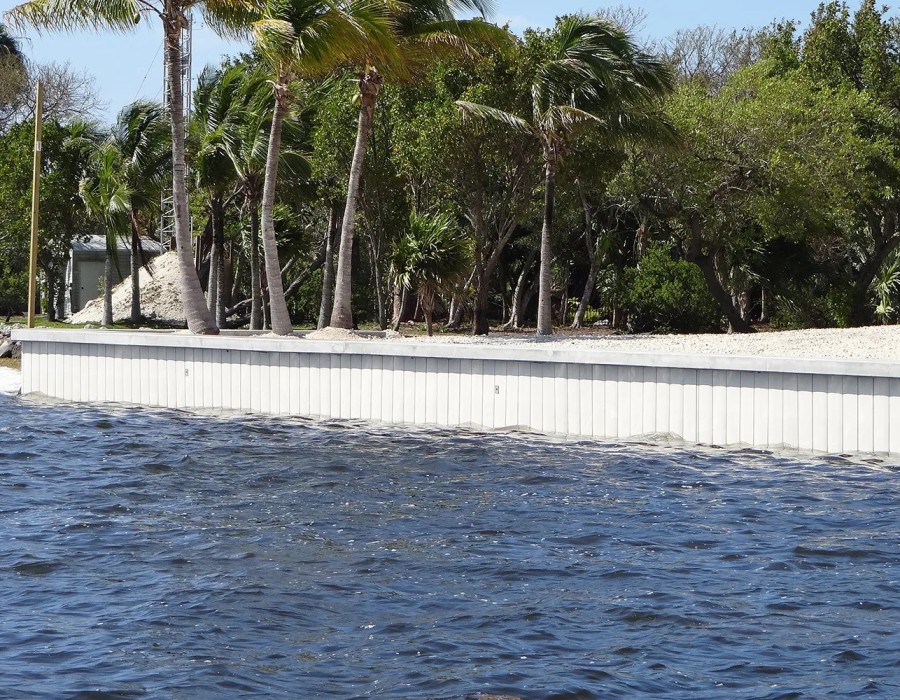Ground stabilization directly strengthens weak soil by adding materials or using techniques that bind soil particles together more tightly. This process transforms loose or unstable ground into a solid foundation that can support buildings, roads, and other structures safely. These methods prevent costly damage from soil movement and extend the lifespan of construction projects.
Ground stabilization works by either mixing stabilizing agents into the soil or physically reinforcing it. The right method depends on your soil type, project needs, and site conditions, but all approaches aim to create ground that resists movement, water damage, and pressure.
Chemical Stabilization
Chemical stabilization mixes materials like cement, lime, fly ash, or other binding agents into soil. These materials react with soil particles to create stronger connections between them.
Bonus Tip: Testing small soil samples with different chemical agents before full application saves money by determining the most effective mixture ratio for your specific soil type.
The chemical reaction typically takes 5-7 days to reach full strength, though construction can often begin within 24-48 hours of treatment.
Mechanical Stabilization
This approach either compacts soil using heavy equipment or adds materials like geotextiles, geogrids, and aggregate to reinforce it physically.
Mechanical methods work well for granular soils like sand and gravel but may need to be combined with chemical methods for clay-heavy soils.
Thermal and Electrical Methods
For specialized situations, heating, freezing, or applying electrical current can alter soil properties dramatically. These methods are typically used for challenging sites or emergency stabilization needs.
Benefits of Ground Stabilization
Ground stabilization Company offers several advantages that extend beyond just increasing soil strength:
- Prevents structural damage from soil movement
- Reduces construction costs by 15-30% compared to foundation overbuilding
- Allows building on otherwise unsuitable sites
- Decreases maintenance needs and extends structure life
- Reduces environmental impact compared to soil replacement
According to industry data, properly stabilized soil can increase a site's load-bearing capacity by 200-400%, depending on the methods used and initial conditions.
Things to Consider Before Making a Decision
Before choosing a ground stabilization method:
- Soil Testing: Analyze your soil composition professionally. Different stabilization methods work better with specific soil types.
- Project Requirements: Consider the weight and type of structure you'll build. Heavier structures need more intensive stabilization.
- Environmental Factors: Assess local weather patterns, groundwater levels, and drainage conditions that might affect stabilization effectiveness.
- Budget and Timeline: Some methods cost more upfront but provide better long-term results. Others work faster but might not last as long.
- Local Regulations: Check if permits are needed for certain chemical stabilizers or processes in your area.
Bonus Tip: Always factor in long-term maintenance costs when comparing stabilization options. Some methods might cost more initially but require less maintenance, saving money over time.
Ground Stabilization Process
A typical ground stabilization project follows these steps:
- Site Assessment: Engineers evaluate soil conditions through testing
- Method Selection: Experts choose the best stabilization approach
- Site Preparation: Clearing and grading the area
- Application: Adding stabilizers or installing reinforcement
- Curing/Settling: Allowing time for chemical reactions or settling
- Testing: Verifying the improved soil strength meets requirements
Common Questions About Ground Stabilization
How long does ground stabilization last?
Properly executed ground stabilization typically lasts 15-30 years or more, depending on the method used, soil type, and environmental conditions. Chemical stabilization generally provides the longest-lasting results when matched correctly to soil type.
Can ground stabilization be done on existing structures?
Yes, but it's more challenging. Methods like chemical grouting, underpinning, and pressure injection can stabilize soil under existing buildings. These specialized techniques cost more than pre-construction stabilization but can save structures experiencing settlement problems.
Is ground stabilization environmentally friendly?
Some methods are more eco-friendly than others. Mechanical stabilization has minimal environmental impact, while certain chemical stabilizers may affect soil pH and groundwater. Modern stabilization increasingly uses recycled materials like fly ash and slag cement to reduce environmental impact.
How much does ground stabilization cost?
Costs typically range from $3-$15 per square foot depending on the method, depth needed, and site conditions. While this represents a significant upfront investment, it prevents much costlier foundation repairs later (which average $4,000-$10,000 for residential properties).
Make the Right Decision
Ground stabilization transforms problem soil into reliable building foundations through various chemical, mechanical, and specialized techniques. Each site needs a customized approach based on soil testing and project requirements.
Before starting any construction project on questionable soil, consult with the Professional Ground Stabilization Company who can recommend the most effective stabilization method for your specific conditions. The right stabilization approach will protect your investment and ensure structural safety for decades.
Reviewer: Samuel Harris has worked across various roles in spray foam insulation for over 11 years. His review focused on how businesses can better present their services to both new and returning clients.





Comments